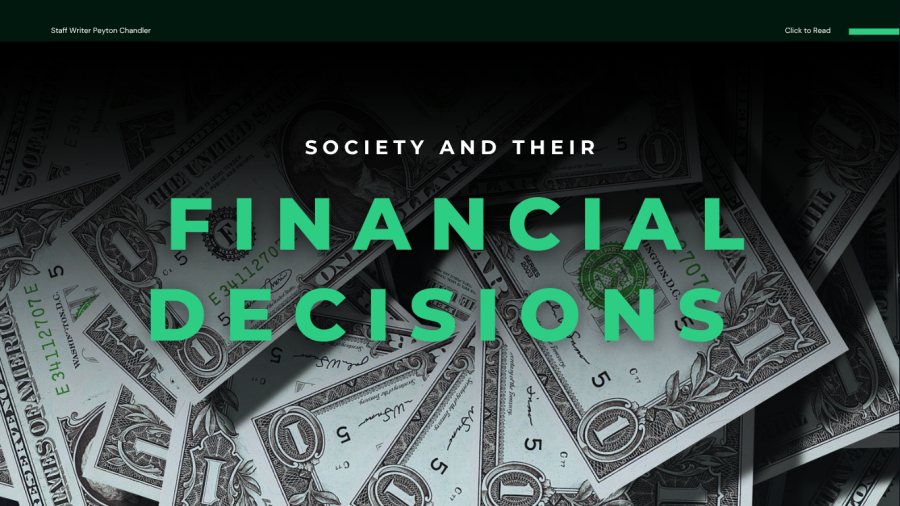Culture promotes the idea that being careless with money is trendy. On social media, videos that glorify “treat yourself” splurges and luxury hauls get millions of views, rarely showing the debt or stress that comes afterwards.
Inflation and the cost of living continue to climb. Housing costs alone have surged by 5.2%. Everyday expenses like groceries, gas, and school activities cost more than they used to, which makes careless spending feel even riser. Yet many still chase the idea of having whatever they want, whenever they want. This mindset fuels a sense of entitlement and fosters habits that, over time, lead to instability and stress.
Ignoring this financial awareness can create money stress that often leads to mental health struggles like anxiety or burnout.
Take someone earning $3,200 a month. After covering rent, food, and essentials, they might have $500 left. But spending $600 on impulse buys and dining out puts them $100 over budget each month, adding up to $1,200 in debt per year. These small, repeated habits quietly build into long-term financial burdens.
These small spending habits leave little room for emergencies. A single car repair or medical situation can throw an unprepared person into deep debt. Without a plan, it becomes harder to recover, and each setback pushes them further from stability.
National numbers paint the bigger picture that even though wages grew slightly faster than inflation, household debt still hit a record $17.7 trillion. This means that instead of using income to save or pay debt, many people are spending more. This widens that gap between what they earn and what they actually keep.
Social media glamorizes certain lifestyles that encourage debt or poor money habits. Financial mindfulness often takes a backseat. Trends such as the “Soft Lifestyle” aesthetic promotes luxury, ease, and indulgence as a lifestyle. It can romanticize living beyond one’s means to maintain an image of comfort and elegance. At what cost?
For people who will forget your Instagram story in seconds, while you bear the financial burden for years? At what cost? For one to depict secureness on a surface level but drown beneath the weight of it? At what cost? For them to create an illusion for them to believe while you deceive yourself in the process? And again, at what cost?
It is about financial awareness, yet the deeper you dive into appearance, the further you drift from accountability. It is about financial awareness, but in the pursuit of this so-called perfection you lose sight of the reality that your bank account cannot fake.
Financial awareness is not just personal. It ripples through families and communities, even generations. A financially conscious individual can shift household dynamics, and encourage smarter spending, only paving the way for success.
Financial literacy builds economic resilience and empowers people to take control of their future. It is not just about numbers. It is about access, opportunity and long-term security.
When people are financially literate, they are better equipped to avoid debt traps, build savings, and make informed choices that lead to long term stability that society has not been practicing. This does not just benefit individuals. It strengthens families and communities. Moreover, early financial education can break generation cycles of poverty by giving young people the tools to succeed.
Promoting financial awareness is not just about teaching numbers. It is about creating a solid foundation for independence. Along with resilience and opportunities that would no longer be beyond measure, they would be just within reach.
Opinions expressed in editorials are those of the writer(s). These views may not represent the adviser, The Prowler, advertisers/sponsors, the Starr’s Mill High School administration or staff , or Fayette County Public Schools as a whole. Please see our FAQs for more information pertaining to the rights of The Prowler’s staff members.


